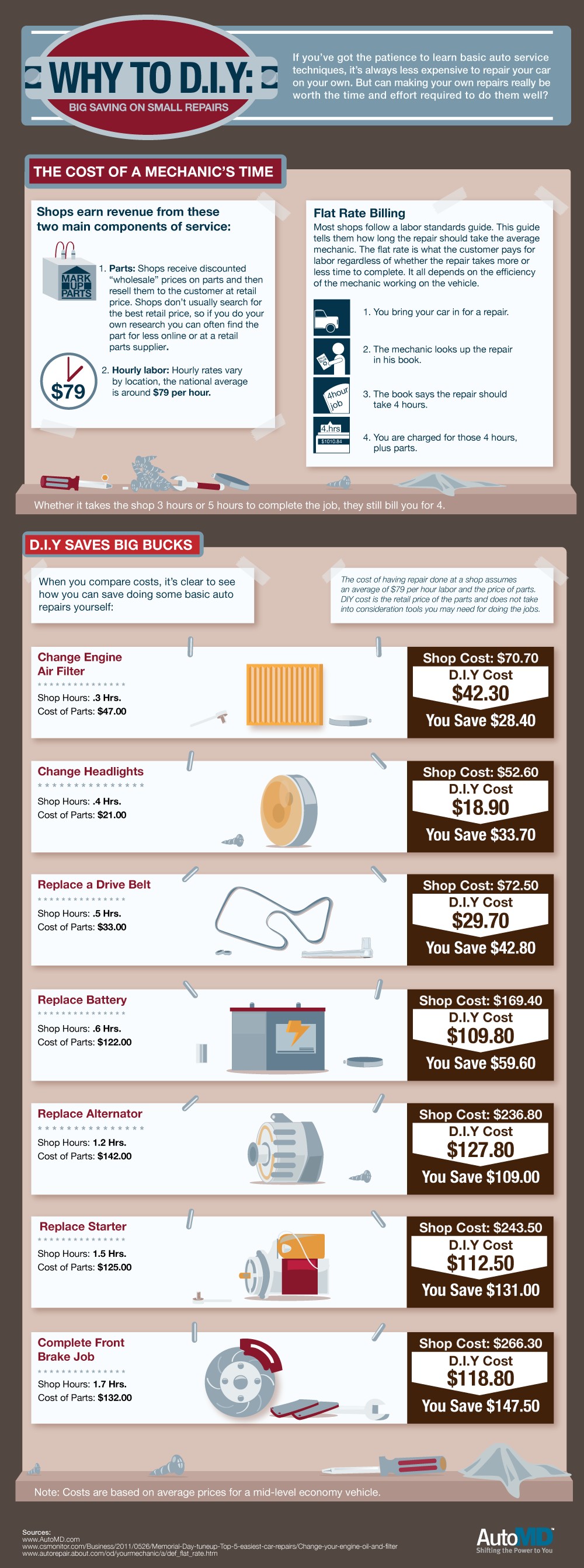Untangling The True Significance Behind Your Vehicle'S Warning Lighting
Untangling The True Significance Behind Your Vehicle'S Warning Lighting
Blog Article
Material By-Justesen Dreier
When you're behind the wheel, those radiant caution lights on your control panel can be a bit bewildering. Do https://www.fleetequipmentmag.com/fleetpride-portville-truck-repair/ know what they're attempting to inform you about your automobile's health and wellness? Recognizing the relevance of these lights is vital for your security and the long life of your lorry. So, the following time among those lights appears, would not you intend to decode its message accurately and take the necessary actions to address it?
Common Warning Lighting and Interpretations
Recognize usual warning lights in your vehicle and recognize their definitions to ensure secure driving.
The most common caution lights consist of the check engine light, which signals issues with the engine or emissions system. If this light comes on, it's critical to have your lorry checked immediately.
The oil pressure cautioning light shows reduced oil pressure, requiring immediate interest to stop engine damages.
A blinking battery light may recommend a malfunctioning billing system, potentially leaving you stranded if not resolved.
The tire pressure tracking system (TPMS) light notifies you to reduced tire pressure, impacting car security and fuel performance. Disregarding this can bring about dangerous driving conditions.
The abdominal muscle light suggests an issue with the anti-lock stopping system, jeopardizing your ability to stop rapidly in emergency situations.
Lastly, the coolant temperature level cautioning light warns of engine overheating, which can lead to severe damage if not dealt with promptly.
Recognizing these common caution lights will certainly help you resolve problems without delay and preserve safe driving problems.
Significance of Prompt Attention
Comprehending the usual caution lights in your automobile is just the first step; the relevance of quickly dealing with these cautions can not be highlighted enough to ensure your safety and security on the road.
When a caution light illuminates on your control panel, it's your auto's means of connecting a prospective problem that requires attention. Overlooking these warnings can result in much more severe problems later on, compromising your safety and possibly costing you more in repairs.
Prompt interest to advising lights can stop malfunctions and accidents. For instance, a flashing check engine light could indicate a misfire that, if left ignored, might create damages to the catalytic converter. Resolving this without delay can save you from an expensive repair work.
Likewise, a brake system alerting light might indicate low brake fluid or worn brake pads, essential components for your safety when driving.
Do It Yourself Troubleshooting Tips
If you discover a caution light on your dashboard, there are a couple of do it yourself repairing tips you can attempt before looking for expert aid.
The first step is to consult your car's guidebook to understand what the particular warning light shows. Often the problem can be as simple as a loosened gas cap triggering the check engine light. Tightening up the gas cap might solve the trouble.
An additional common concern is a low battery, which can activate numerous warning lights. Inspecting the battery links for corrosion and ensuring they're protected may deal with the trouble.
If a warning light persists, you can attempt resetting it by disconnecting the car's battery for a couple of minutes and afterwards reconnecting it. Additionally, inspecting your automobile's fluid degrees, such as oil, coolant, and brake fluid, can assist fix cautioning lights associated with these systems.
Final thought
To conclude, recognizing your cars and truck's caution lights is important for keeping your vehicle running efficiently and securely. By without go now resolving these informs and understanding what they indicate, you can stay clear of pricey fixings and possible breakdowns.
Keep in mind to consult your automobile's guidebook for particular information on each cautioning light and take action accordingly to ensure a trouble-free driving experience.
Remain educated, remain safe on the road!
